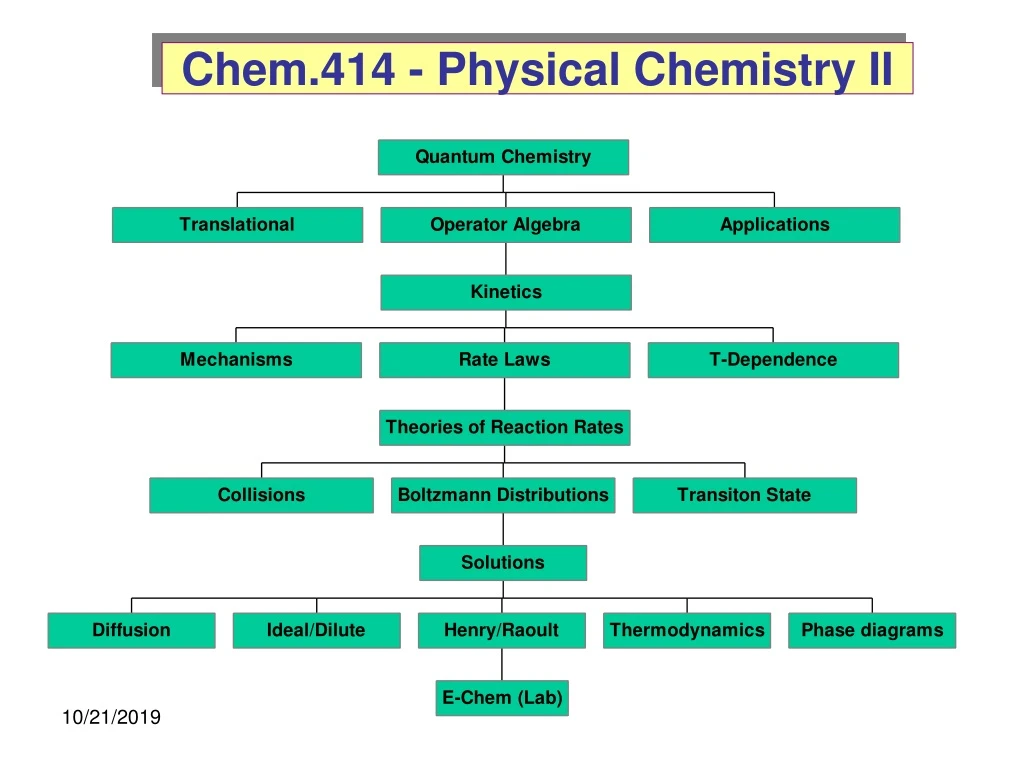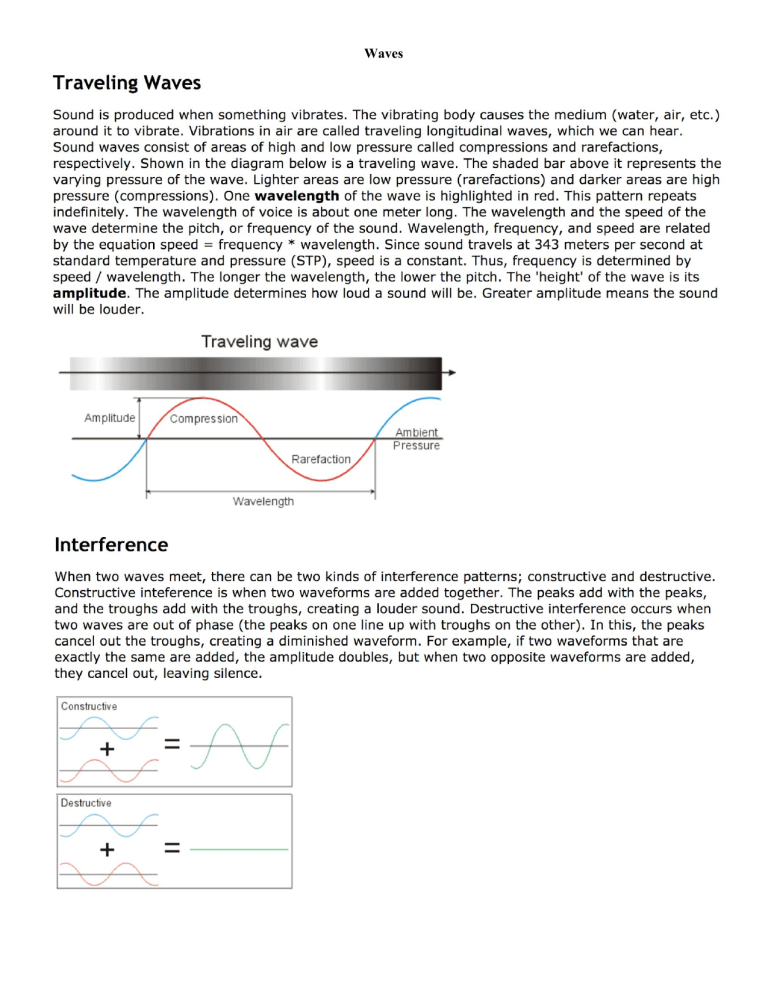
The direction in which the reaction proceeds depends on each element's position in the activity series. In order for this to occur, A and B are usually metals that form a cation when compounded with C. So the lone elemental reactant, A, forms a compound with C, forcing B out to become an element itself. Single displacement reactions are oxidation-reduction reactions in which an element and a compound react to form another element and a compound. The copper nitrate solution is visible since copper cations are blue in solution.Īlso called single replacement reactions. Here, copper reacts in silver nitrate solution to form copper nitrate solution and silver metal.
#CHEMLAB SCIOLY PHYSICAL PROPERTIES NOTES HOW TO#
If you encounter problems dealing with reactions on the test, knowing the basic types can be very helpful because then you will be more likely to see the pattern and understand how to complete the reaction.Īn example of a single replacement reaction. Each of them has a specific form that they take. There are five main types of reactions (single displacement, double displacement, decomposition, synthesis, and combustion).

Stoichiometry can be approached in precisely the same way one would approach dimensional analysis. The process is very similar when given gases (using the ideal gas law), solutions (using molarity) or molecules (using Avogadro's number) You can find out more about these in the links below. Other forms of stoichiometric problems are finding the limiting reactant and finding the percentage composition. Using the molar mass of the unknown substance, convert the moles just calculated to mass.Use it to convert to moles of the unknown. Construct a molar proportion (two molar ratios set equal to each other) following the guidelines set out in other files.Using the molar mass of the given substance, convert the mass given in the problem to moles.Make sure the chemical equation is correctly balanced.These problems can be solved in 4 simple steps. For example, a problem might provide the equation 2 A + 3 B → 3 C and ask, "given 25 grams of B and unlimited amount of A, how much C will be produced?" This is called a mass-mass problem. The most common stoichiometric problem will present you with a certain amount of a reactant and then ask how much of a product can be formed. It is a very mathematical part of chemistry. Stoichiometry deals with calculations about the masses (sometimes volumes) of reactants and products involved in a chemical reaction. The Merriam-Webster dictionary defines stoichiometry as "a branch of chemistry that deals with the application of the laws of definite proportions and of the conservation of mass and energy to chemical activity". Rows are called periods, and display properties known as periodicity. The elements are arranged so they are in columns with similar chemical properties. They are numerically ordered by their atomic number, which is the number of protons in the nucleus of an atom. The periodic table of the elements organizes the known elements by properties.


The Periodic Table (Click to expand for more detail) Periodic Table Main article: Chem Lab/Periodicity For information on specific topics, see the section on Chemistry Lab Topics. General Chemistry This section includes general chemistry knowledge that is applicable to most or all topics.

Lab coat, closed-toed shoes, etc.-see rule 2.c for exact safety parameters (Required).For topic-specific information, please see the topic rotation, as this page only contains general information that applies to all topics.Ĭhemistry Lab has been held every year in Division C since 1987.Ĭhemistry Lab typically rotates between several topic area, with two topics at a time, and one topic rotating in/out each year.Īs of 2019, the following materials are allowed: Since this event rotates topics, each topic constitutes its own page.
#CHEMLAB SCIOLY PHYSICAL PROPERTIES NOTES SERIES#
Teams will complete one or more tasks and answer a series of questions involving the science processes of chemistry focused in the areas of Oxidation/Reduction and Periodicity.Ĭhemistry Lab is an event where participants must learn the year's selected aspects of chemistry and perform a lab or a set of labs regarding those topics.


 0 kommentar(er)
0 kommentar(er)
